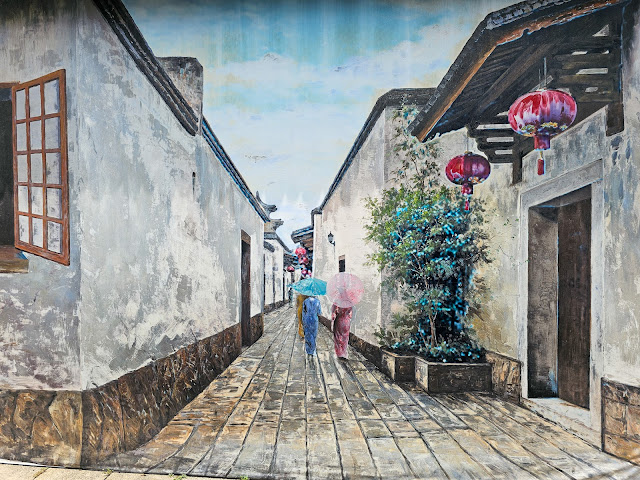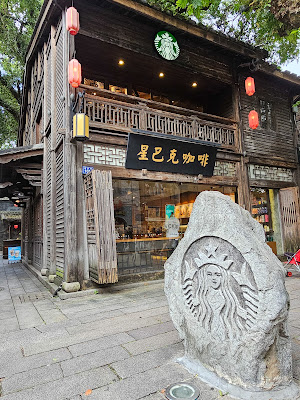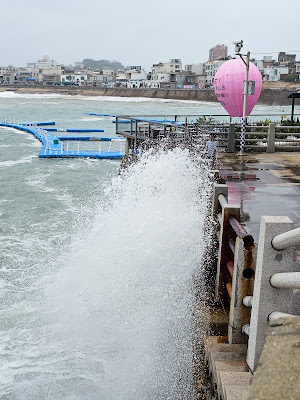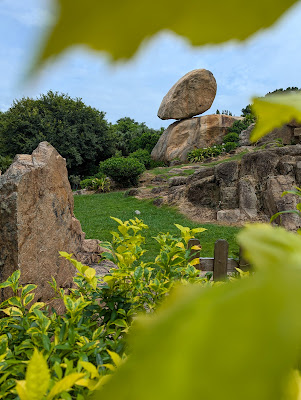Our day began with a leisurely stroll from our hotel to one of Fuzhou's most iconic historical sites, 三坊七巷 (Three Lanes and Seven Alleys). This area is not just a collection of old buildings but a living museum of Fuzhou's rich cultural and architectural history, dating back to the Tang and Song dynasties.
The three lanes, known as Yijin Lane, Wenru Lane, and Guanglu Lane, and the seven alleys, Yangqiao Alley, Langguan Alley, Anmin Alley, Huangxiang Alley, Gongxiang Alley, Jibi Alley, and Ta Alley, are lined with traditional Ming and Qing dynasty-style residences. These homes are characterized by their elegant wooden structures, intricate carvings, and spacious courtyards. Walking through the area, you can almost feel the history seeping through the walls.
No visit to 三坊七巷 would be complete without sampling some of the local delicacies. We made sure to try the famous Fuzhou fishball from Yong He, a renowned eatery in the area. The fishballs were a perfect blend of tenderness and flavor, filled with a savory pork mixture that melted in your mouth. The delicate balance of textures and flavors made it clear why this dish is so beloved by locals and visitors alike.
As the day heated up, we found ourselves seeking refuge from the sweltering weather. Surprisingly, we found it in the form of a beautifully restored Starbucks. This Starbucks is unlike any other; it’s housed in a building that perfectly blends modern comforts with traditional architecture. The building resembles an old teahouse, with wooden beams, lattice windows, and a serene courtyard where you can enjoy your coffee surrounded by history. The contrast between the modern café and the ancient surroundings made our visit even more memorable, offering a unique place to relax while soaking in the ambiance of 三坊七巷.
After our break, we continued our exploration of the area, visiting several of the historic homes that have been converted into small museums. Each house tells a different story, showcasing the life, culture, and history of Fuzhou's past residents. These museums are carefully curated, with exhibits ranging from traditional Fuzhou crafts and artifacts to detailed displays of the lives of the famous figures who once lived there.

































































